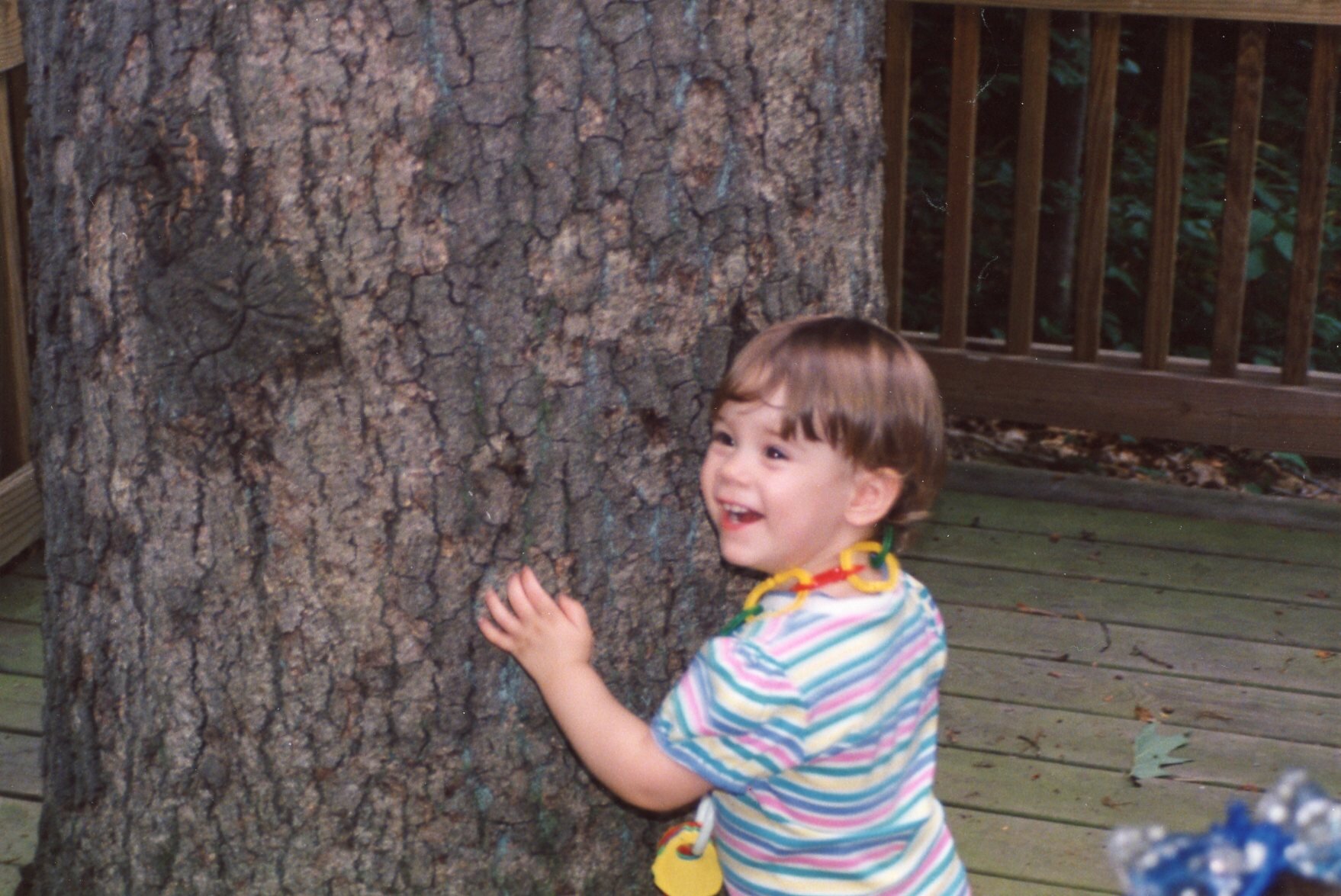Gleanings of the Week Ending December 2, 2023
/The items below were ‘the cream’ of the articles and websites I found this past week. Click on the light green text to look at the article.
Scientists found hundreds of toxic chemicals in recycled plastics - More than 13,000 chemicals used in plastics with 25% classified as hazardous. Numerous studies show that hazardous chemicals can accumulate even in relatively close-loop plastic recycling systems. We need to rapidly phase-out plastic chemicals that can cause harm to human health and the environment.
Giant Sequoias Are in Big Trouble. How Best to Save Them? - Giant sequoias are, by volume, the largest trees in the world, indigenous only to California. Reaching heights of 300 feet, they occur in 80 groves or grove complexes along the western flank of the Sierra Nevada mountains in Central California. Many of these trees live for thousands of years: The oldest sequoia is more than 3,200 years old. In North America, only bristlecone pines grow longer. The 2020 and 2021 fire seasons were a wake-up call: flames had killed between 13 and 19 percent of all giant sequoias more than 4 feet in diameter, and many trees were far larger.
Batteries of the future? How cotton and seawater might power our devices - In markets where consumers appear to really care about the sustainability of the products they buy, appropriately sourced alternative battery materials might have more of a chance – whether batteries are made with biowaste-derived carbon or any other potentially more sustainable substance. The public could play a big role in really pushing that effort forward.
Designing cities for 21st-century weather – A data-driven model to predict how urban areas across the country will grow by 2100 found that how a city is laid out or organized spatially has the potential to reduce population exposures to future weather extremes. Carefully designed urban land patterns cannot completely erase increased population exposures to weather extremes resulting from climate change, but it can generate a meaningful reduction of the increase in risks.
Stunning 2,700-Year-Old Sculpture Unearthed in Iraq – 18 tons of alabaster. 2,700 years old. 12.5x12.8 feet. Largely intact except for its head which is missing.
Larger Beaks, Smaller Bodies: Could Climate Change Literally Change Birds? – A study analyzed 129 species of North American migratory birds collected over the prior 40 years and found bodies are shrinking and wings growing longer. Smaller species of birds, like tiny warblers or kinglets, shrink faster than bigger birds like robins and grackles, so their rate of change over the 40 years, is much, much faster. They’re able to maybe adapt to warming temperatures faster than these bigger birds.
A step closer to injection-free diabetes care: Innovation in insulin-producing cell – Potential this safer and more reliable way to grow insulin-producing cells from a patient's own blood could eventually allow transplants without the need for anti-rejection drugs.
The Life and Death of American Dams - Many dams are now poorly maintained, clogged with silt, and pose an increasingly high risk of catastrophic failure. The recent recognition of the damage dams cause and the movement to remove them is part of the rewilding of America, long overdue.
An exotic tick that can kill cattle is spreading across Ohio – Asian longhorned ticks. The size of a sesame seed in some life stages and pea-sized when engorged. Surveillance showed they returned the following summer to the farm despite the application of pesticides in 2021. Asian longhorned ticks' secret colonization weapon is the ability to reproduce asexually, with each female laying up to 2,000 eggs at a time -- and all 2,000 of those female offspring able to do the same.
How Urban Design Impacts Public Health – Urban planning and design affects everything from air quality to temperature to risk of injury on roadways. Often with developers of public spaces it’s a sin of omission rather than of commission. In many cases, what is rarely apparent is what the health cost is, because that cost is born in a different sector and often at a different time.
































